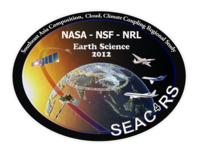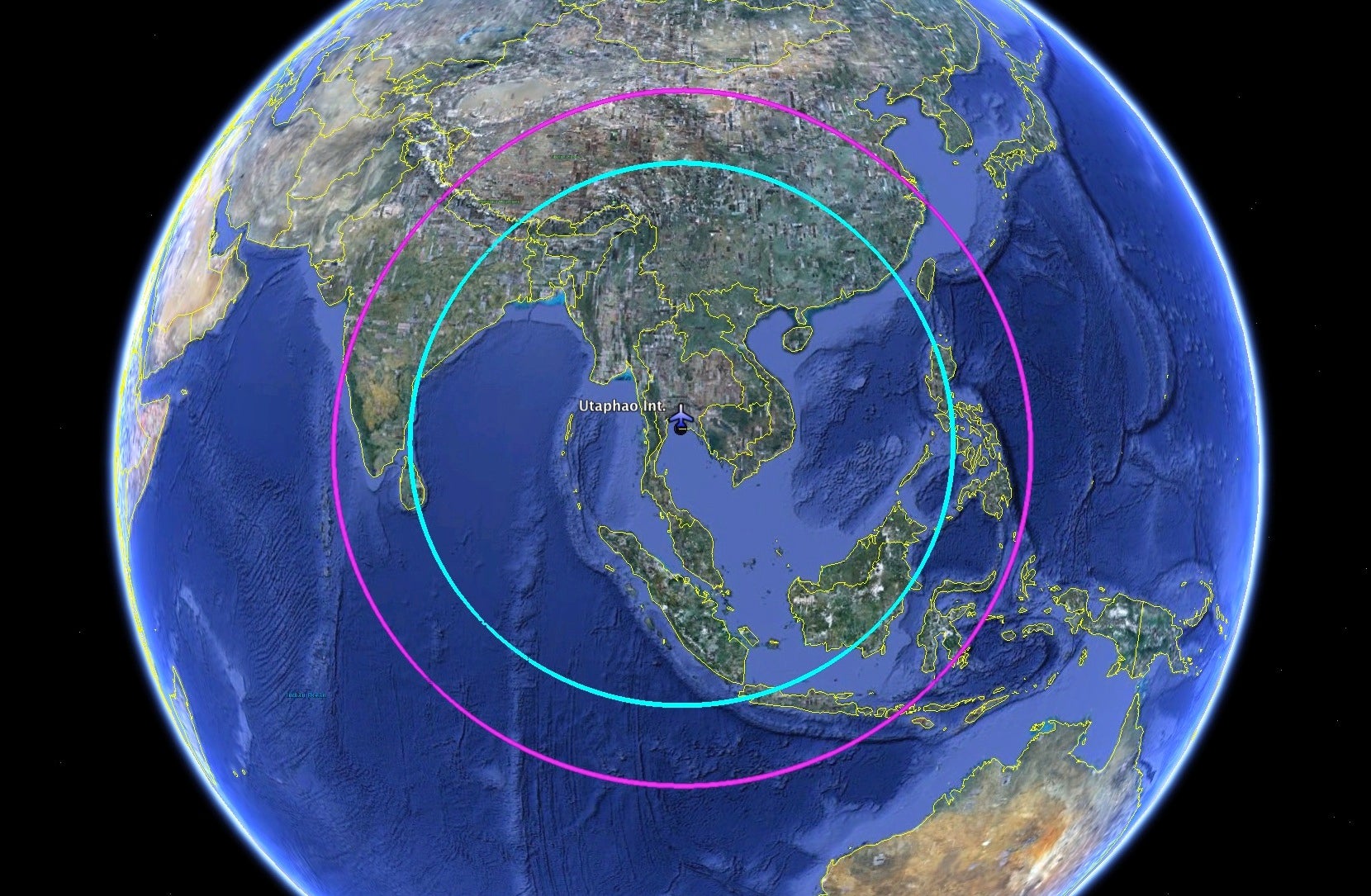Studies of Emissions and Atmospheric Composition, Clouds and Climate Coupling by Regional Surveys (SEAC4RS)

Studies of Emissions and Atmospheric Composition, Clouds and Climate Coupling by Regional Surveys (SEAC4RS) is planned to take place in August and September of 2012. This experiment is designed to address key questions regarding the influence of Asian emissions on clouds, climate, and air quality. Observations will focus specifically on the role of the Asian monsoon circulation and convective redistribution in governing upper atmospheric composition and chemistry. Satellite observations suggest a strong impact of the Asian Monsoon on the composition of upper troposphere and lower stratosphere (UTLS) and a direct relationship to surface sources including pollution, biogenic emissions, and biomass burning. Attention will also be given to the influence of biomass burning and pollution on meteorological processes which in turn feed back into regional air quality. With respect to meteorological feedbacks, the opportunity to examine the impact of polluting aerosols on cloud properties and ultimately dynamics will be of particular interest. For more detailed information, please consult the SEAC4RS Planning Document.
Scientific Objectives:
- Investigate convective transport, especially in the region of Asian monsoon anticyclone
- Investigate the impact of convective transport on UTLS chemistry
- Investigate the impact of pollution aerosol on anvil cirrus properties
- Investigate the importance of micro-to-mesoscale cloud, transport and evolution processes on regional clouds and precipitation
To accomplish the goals of SEAC4RS, multiple aircraft are required. The NASA DC-8 will provide observations from near surface to 12 km and the NASA ER-2 will provide high altitude observations reaching into the lower stratosphere as well as important remote sensing observations connecting satellites with observations from lower flying aircraft and surface sites. The NSF GV will serve to sample convective outflow and to investigate chemical transport process associated with the anticyclone in the 12-14 km altitude range.
The aircraft operation is to be based in Utapao, Thailand (12°N 101° E).

Proposed flight base and area of operations from Utaphao, Thailand.
Purple ring: range including ~8 hours flying with no loitering.
Turquoise ring: range including ~6 hours flying with ~2 hours loitering.
For further information on field deployment, see SEAC4RS at NCAR/EOL.